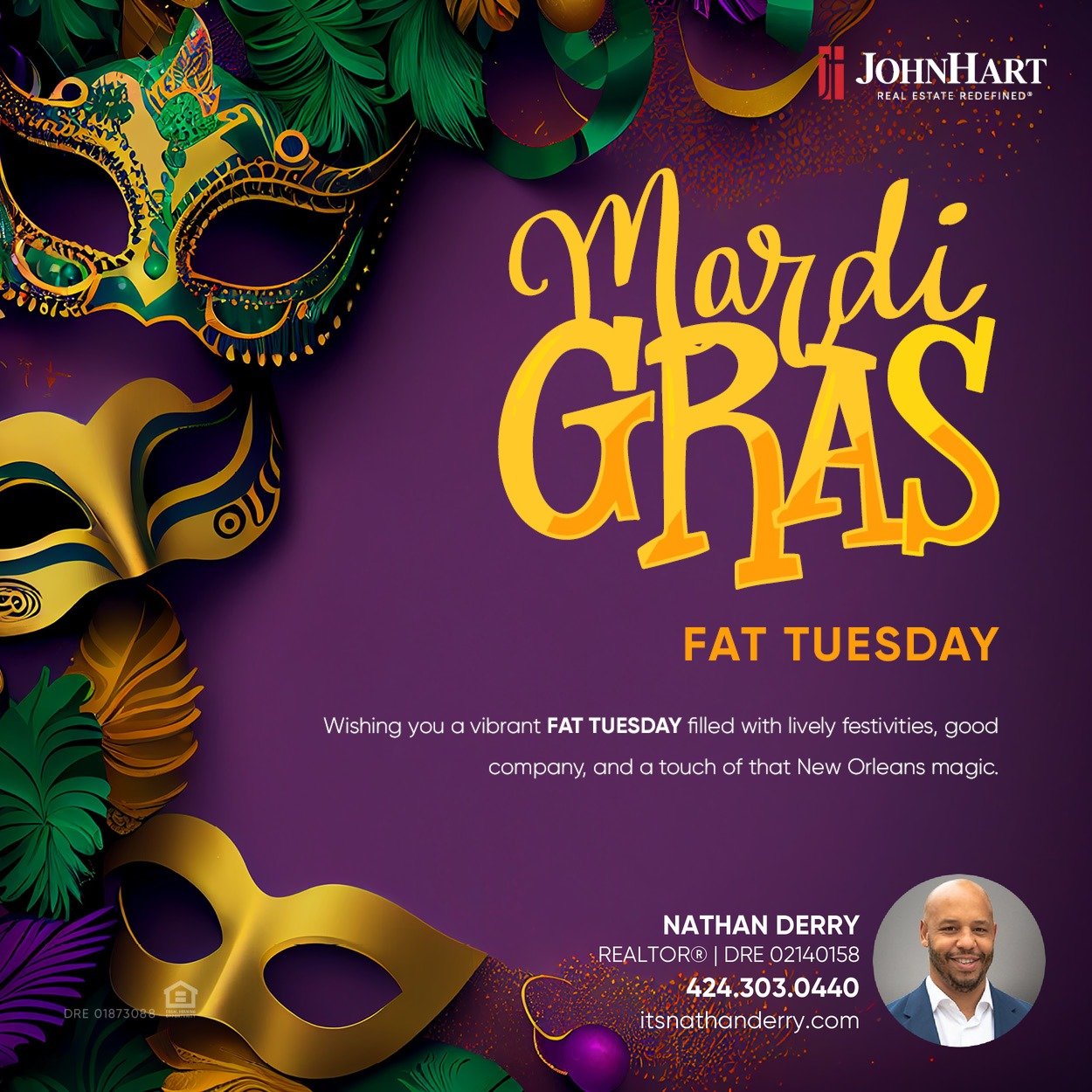
- calendar_month February 13, 2024
- folder Community Celebration
Sharing Tags
Carnival, Community Spirit, Cultural Celebration, Cultural Heritage, French Quarter, Historical Landmarks, JohnHart, JohnHart Real Estate, Let the Good Times Roll, Mardi Gras, Nathan Derry, Nathan Derry JohnHart, Nathan Derry Realty, Nathan Derry Recommends, Nathan Derry, JohnHart Real Estate, New Orleans, Travel Destinations
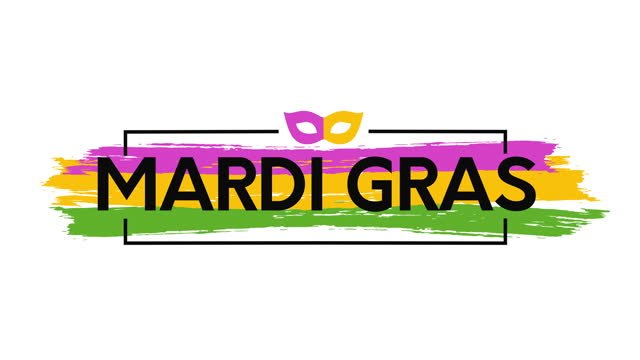
Mardi Gras, the vibrant and exuberant celebration that marks the culmination of the Carnival season, has a history as rich and diverse as the colors adorning its festivities. Beyond the masks, beads, and parades, lies a tapestry woven with cultural influences, historical significance, and a spirit that transcends time. In this exploration, we'll delve into the true historical roots of Mardi Gras, uncovering the origins of its celebration and the intriguing origins of the famous phrase, "Laissez les Bons Temps Rouler."
The origins of Mardi Gras can be traced back to ancient pagan celebrations that marked the arrival of spring. As Christianity spread, these festivities merged with religious traditions to become the precursor to the modern-day Carnival. The word "carnival" itself is derived from the Latin words "carne" (meat) and "vale" (farewell), signifying the feasting and revelry that precede the solemn season of Lent.
Mardi Gras found its way to the New World through European explorers, particularly the French, who brought the tradition to the southern regions of the United States, most notably Louisiana. The celebration flourished in the multicultural environment of New Orleans, where French, Spanish, African, and Creole influences blended, creating a unique and lively celebration.
The iconic phrase "Laissez les Bons Temps Rouler," translating to "Let the Good Times Roll" in English, is closely associated with the spirit of Mardi Gras. Its origins can be traced to the French-speaking communities of Louisiana, where it became a rallying cry for revelers during Carnival. The phrase encapsulates the essence of Mardi Gras, urging people to embrace the joyous and carefree atmosphere of the celebration.
Mardi Gras has transcended its religious origins to become a cultural phenomenon celebrated around the world. In addition to its festive nature, the celebration holds historical significance as a testament to the resilience of traditions and the power of cultural amalgamation.
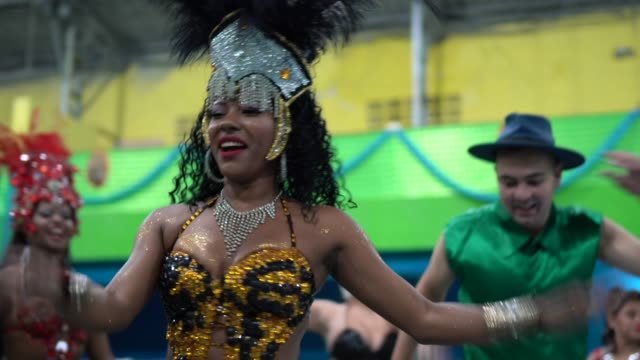
As beads dangle from balconies and jazz notes fill the air, Mardi Gras in New Orleans unfolds like a vibrant tapestry of celebration, tradition, and history. As a Realtor who values cultural richness, let's explore the true historical roots of Mardi Gras, unravel the origins of the phrase "Let the Good Times Roll," and discover why experiencing New Orleans during this festive season is an idea worth considering. Plus, I'll share five historical locations every tourist must visit.
Mardi Gras, rooted in ancient pagan celebrations, evolved into a grand Carnival marking the transition from revelry to the solemn season of Lent. When this tradition found its way to the New World, it blossomed into the exuberant celebration we know today.
Why Experience New Orleans During Mardi Gras
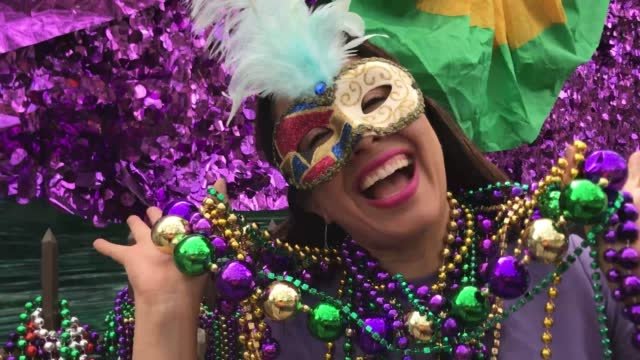
- Cultural Extravaganza: New Orleans during Mardi Gras is a cultural melting pot, where traditions, music, and cuisine come together in a grand celebration.
- Unmatched Energy: The energy of the city during Mardi Gras is unparalleled. From the vibrant parades to the lively street performances, every corner is filled with excitement.
- Historic Charm: New Orleans boasts a historic charm that becomes even more enchanting during Mardi Gras. The architecture, the French Quarter, and the cobblestone streets offer a unique backdrop to the festivities.
- Culinary Delights: Indulge in the city's culinary delights, from beignets to gumbo, as you explore the diverse flavors that define New Orleans.
- Community Spirit: Mardi Gras fosters a sense of community spirit, bringing people together from all walks of life to celebrate the joy of living.
Five Historical Locations Every Tourist Must Visit
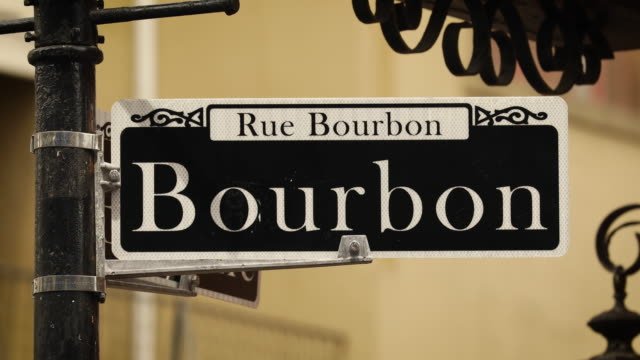
- Jackson Square: A historic park in the French Quarter, surrounded by iconic landmarks and street performers.
- St. Louis Cathedral: The oldest continuously active Roman Catholic cathedral in the United States, overlooking Jackson Square.
- The French Market: An open-air market that has been a hub of commerce since the late 18th century.
- Garden District: Known for its antebellum mansions and oak-lined streets, offering a glimpse into New Orleans' past.
- The National WWII Museum: A must-visit for history enthusiasts, showcasing the American experience during World War II.
📍JohnHart Real Estate
📞(424) 303-0440
📧 itsnathanderry@gmail.com
🤖 nathan@jhagents.com
👨🏽💻 itsnathanderry.com
Interested in seeing a property or one of my off market properties in person? Contact me today! Who you hire matters!!!
Ready to make the best move of your life… let’s chat today!
